When to use an airlock is easy, just follow along! Airlocks are used for brewing beer, wine, and making moonshine. The airlocks release carbon dioxide during the fermentation process.
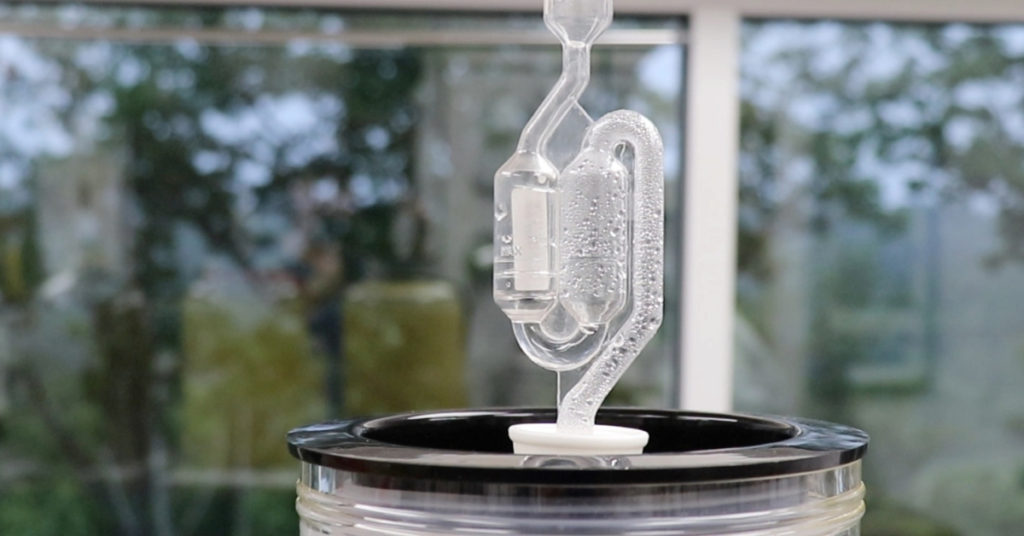
The airlock also prevents air from entering the fermenter vessel, carboy, or plastic bucket, thus avoiding oxidation.
Table of Contents or Collapse to Hide
How Does an Airlock Work?
An airlock acts as a barrier by using either water or moonshine in the airlock. Most airlocks have a fill and max line indicating the most water or moonshine you should place in the airlock.
Don’t fill over the line or your airlock may not work properly. If the airlock is not bubbling may mean a few things.
If it doesn’t bubble within 30 minutes of making a mash, you may have a poor seal in the bucket or a leak around the grommet. Second, you may have too much water in the airlock, be sure only to fill the max fill lines with water or moonshine.
For moonshine, the airlock should bubble shortly after the yeast is introduced to the mash. If everything was done properly, the airlock should start bubbling within 10-30 minutes.
Do You Need an Airlock?
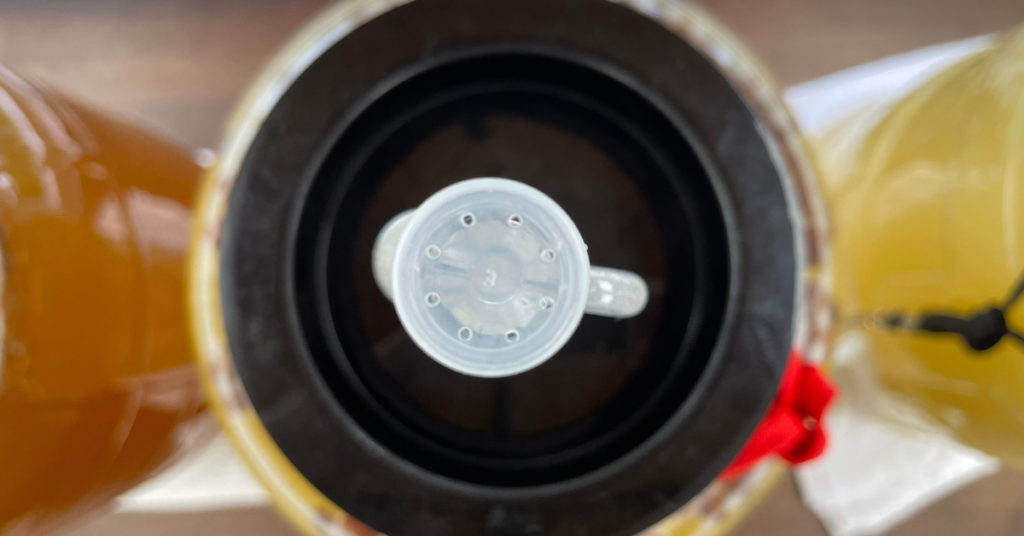
No, you do not need an airlock, but you need some way of releasing the CO2 as the mash is fermenting. The airlock has a cap with little pinholes, the carbon dioxide escapes and prevents bugs from entering the airlock.
What Can You Use to Substitute for an Airlock?
There are quite a few things you can use instead of an airlock. You could be a piece of linen or plastic glove with a small hole in the finger over the small mouth glass carboy. If using a 5-gallon bucket, some have used a piece of cardboard loosely laid over the opening of the bucket.
We only use airlocks or a piece of linen when we make the mash. Use what you feel comfortable with. You can also use a balloon as well. You will still have to prick a small pinhole for the glove to allow the CO2 to escape.
Watch the Airlock Video Tutorial
Why does Mash Come Up Through the Airlock?
The mash comes up through the airlock when the bottom tip of the airlock is too deep in the bucket or vessel. To fix this, rinse the airlock and refill to the max line with water or moonshine and insert again, checking the headspace.
This is exactly one of the reasons we use a glass carboy, this enables us to see exactly where the mash is, and the airlock tip is. We have never had a problem while using airlocks in the glass carboys, but we have had issues when we use a 5-gallon bucket.
Why is the Airlock Losing Water?
If the mash and or wort temperature drops or plummets too fast inside the mash vessel, the airlock’s liquid will be sucked inside the mash vessel.
If you remove the airlock slowly or open the lid to release the pressure, refill the airlock with water or moonshine, it will go back to normal only if there is more fermentation to take place and the temperature is brought back up.
Do I Need to Test my pH Level?
Always check your PH level in your mash water, if it is too high or too low, the yeast won’t work properly. The mash pH is the mix of water and grains and should be between 5.2-5.6. Stay tuned, a video is coming soon all about the pH in mash!
This also holds true, if the mash temperature is too high or too low BEFORE you add the yeast, it won’t start fermenting.
How Do I know When my Fermentation is Done?
During the end of the fermentation cycle, the bubbling in the airlock will slow and finally stall. BUT, if the airlock does stop bubbling, that does not necessarily mean your mash is ready to run.
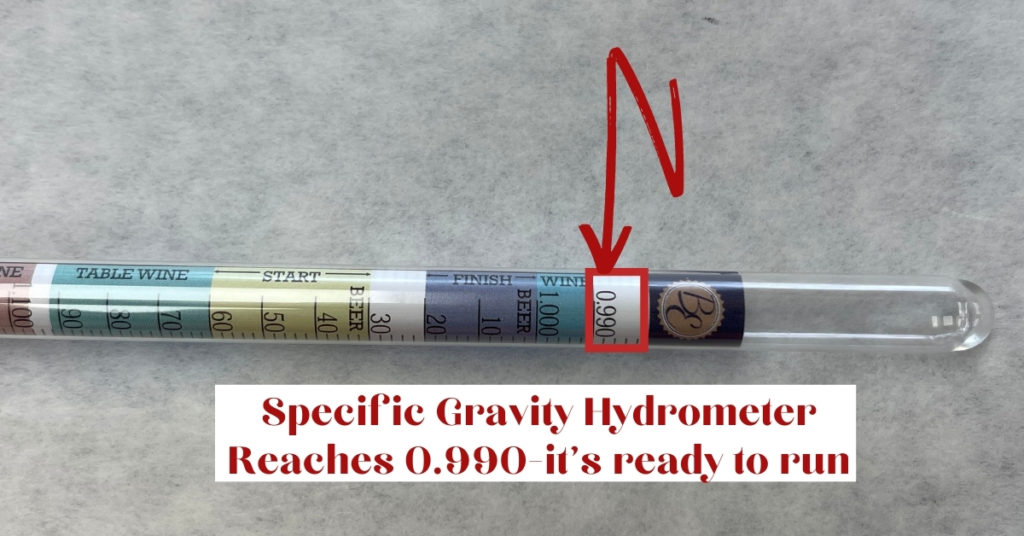
You need to check the mash with a specific gravity hydrometer to take a reading. It should read 0.990. If you missed how to do that check out our post on How to Use a Specific Gravity Hydrometer. Otherwise, you may need to find a way to keep the mash warmer until fermentation is completed.
In Conclusion for When to Use Airlocks
When to use an airlock is a matter of preference. But, if you really want a valuable tool in brewing or making mash, then an airlock is the best tool to have. There are many reasons to use an airlock and they are very inexpensive too.
Do you need a simple mash recipe, check How to Make a Simple Moonshine Mash for Moonshine? We also have a blog and a video on How to Use an Alchohol Hydrometer, be sure to check it out!
Also don’t forget, we all love to make things in life a little more easy, so go get your FREE Grain Bill Record Sheet!
Links for Permits and Info for Moonshine
Start by checking out the website TTBGOV for any legal questions you may have or need to be answered. They have many links for permits and licenses that you may consider applying for.
Ways to Use Moonshine
Would you like other ways to use moonshine? Our parent blog and channel have the how-to, recipes, and more. Check out How to Make Moonshine Vanilla Bean Extract, it is amazing!
Have you ever had moonshine horseradish? Check out the blog and video, Amazing Horseradish Mustard Recipe, you will be astonished how easy it is to make!
I love making non-toxic cleaners with moonshine! Yes, it’s so easy. Check out Non-Toxic Cleaners on the blog.
Shop Here
We are a participant with the Amazon Services LLC Associates Program, an affiliate advertising program designed to provide a means for us to earn fees by linking to Amazon.com and affiliated sites.
You will not incur extra fees or charges for using the links. We only recommend items we believe in and have tried. If I personally make or sell an item, I will mention this in the post for each item.
Click on the Bar of Dish Soap to Visit Our Amazon Storefront!
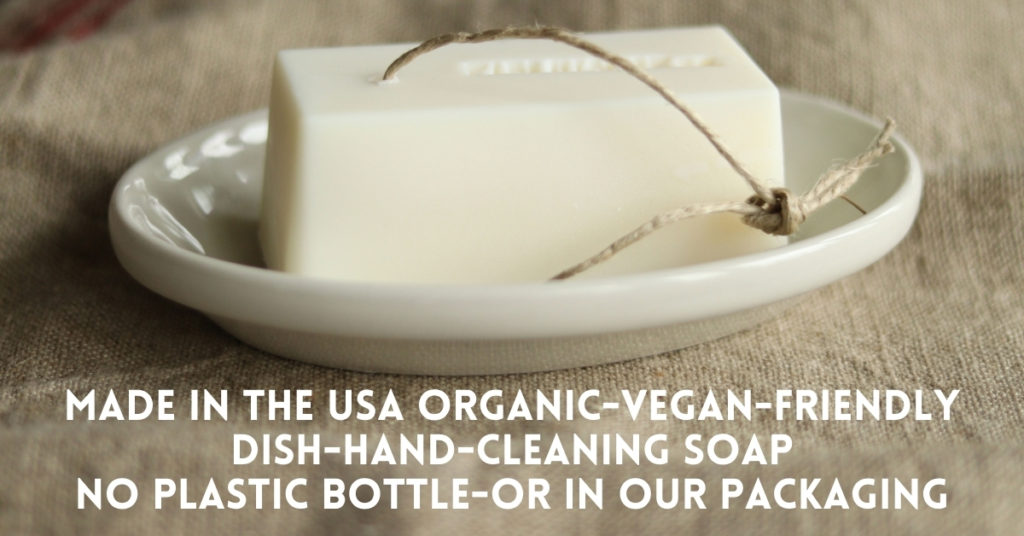
Looking for products for your moonshining journey? We have created a SHOP PAGE with products we like to use and we HIGHLY recommend using them for all phases of making moonshine. The products are broken down into categories to make it easier for you. Check it out!
Thank you for stopping by and reading our blog. If you haven’t signed up for our newsletter, please take a moment and do so. We will not sell, share, or use your contact information.
Click the button below to join our community and receive our occasional newsletter or when we have a great announcement that will add value to your life!
Please see the footer for FBC Disclaimer, Privacy Policy, Terms, and Conditions.
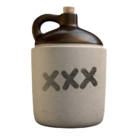
To me, it seems as if airlocks are a beneficial tool to use during this process. Thank you for teaching me about airlocks!